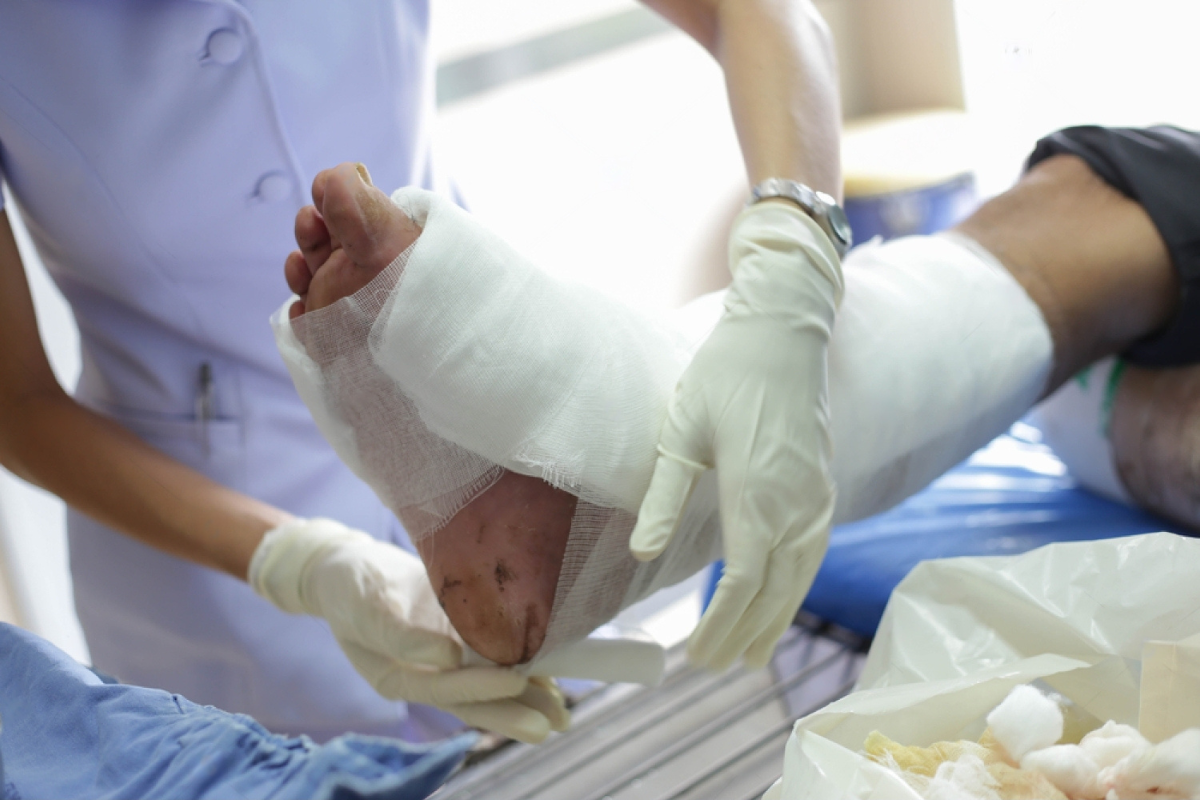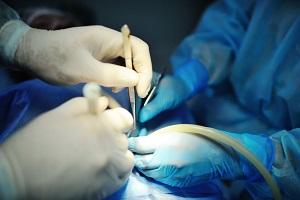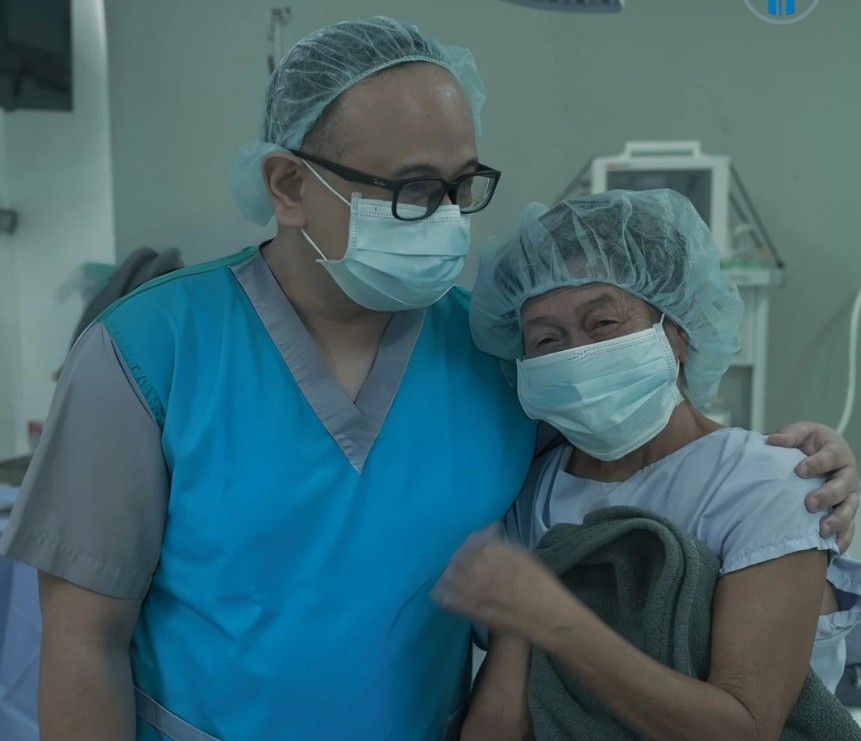Understanding Infected Wounds and Their Risks
An infected wound develops when harmful bacteria invade the injured area, causing pain, swelling, and potential complications. These infections can occur after surgery, accidental injuries, or even from minor cuts that are not properly cared for. When a wound becomes infected, the skin may show redness, warmth, and discharge, while the patient often experiences fever or fatigue. Ignoring these signs can allow the infection to spread, creating more severe health issues such as bone infections or sepsis. Orthopedic Treatment for Infected Wounds is critical because infections near bones, joints, or surgical sites demand specialized care. Without professional intervention, these infections may result in long-term disability or delayed healing. Recognizing the risks early allows patients and caregivers to seek timely medical help and reduce serious complications.
The Role of Orthopedics in Treating Infected Wounds
Orthopedic specialists focus on conditions affecting bones, joints, ligaments, and muscles, which places them in a unique position to address infected wounds involving these structures. Their expertise allows them to identify when infections are linked to implants, fractures, or surgical interventions. Unlike general wound care providers, orthopedic doctors combine infection management with musculoskeletal treatment, ensuring both the wound and surrounding structures are properly addressed. This approach reduces the risk of long-term damage while supporting optimal recovery. Orthopedic Treatment for Infected Wounds often involves advanced diagnostic tools and surgical techniques that target infections deep within the body. Their role is especially vital in cases where untreated infections could compromise mobility or the effectiveness of implants. With precise and timely orthopedic care, patients can achieve better recovery outcomes and reduced chances of reinfection.
Types of Infected Wounds Requiring Orthopedic Care
Several categories of infected wounds require specialized orthopedic attention. Post-surgical infections are among the most common, especially after procedures like joint replacements or fracture repair. These infections can threaten the success of surgery if not handled swiftly. Another type involves bone infections, also known as osteomyelitis, which occur when bacteria penetrate bone tissue and cause prolonged pain and swelling. Traumatic wounds, such as those caused by accidents or sports injuries, can also become infected, especially if debris or foreign objects remain lodged inside. People with diabetes are at greater risk, often developing diabetic foot infections that require orthopedic evaluation due to poor circulation and slow healing. Chronic wounds that fail to respond to conventional care can further complicate a patient’s condition and may require orthopedic interventions to promote healing. Each of these wound types highlights the need for Orthopedic Treatment for Infected Wounds to prevent complications and restore health.
Diagnostic Approaches for Orthopedic Treatment of Infected Wounds
Proper diagnosis is the first step in managing infected wounds through orthopedic care. Doctors typically begin with a detailed physical examination and a thorough review of the patient’s medical history. Laboratory tests such as blood work and cultures are commonly used to identify bacteria and determine the appropriate antibiotic treatment. Imaging techniques, including X-rays, MRI, or CT scans, help reveal the extent of infection, particularly in bones and deep tissues. These diagnostic tools allow doctors to see beyond the surface and assess the severity of damage. Identifying antibiotic resistance is a critical step, as resistant infections demand tailored treatment strategies. Orthopedic Treatment for Infected Wounds often involves collaboration with infectious disease specialists, ensuring the patient receives the most effective care. The combination of advanced testing and interdisciplinary expertise creates a clear plan for both immediate treatment and long-term wound management.
Orthopedic Treatment Options for Infected Wounds
Treatment plans for infected wounds vary depending on the type and severity of the infection. One common method is surgical debridement, where infected or dead tissue is carefully removed to allow healthy tissue to heal. Abscesses may require surgical drainage to eliminate pockets of pus and reduce inflammation. For patients with implants, orthopedic specialists must decide whether to retain or remove the device, balancing infection control with structural support. Antibiotic therapy plays a significant role, often involving intravenous medications for severe infections, or oral antibiotics for less critical cases. Advanced techniques such as localized antibiotic delivery directly to the infection site are also available. In more complex cases, reconstructive surgery may be necessary to restore damaged tissue or bone. Negative pressure wound therapy can also support healing by improving blood flow and removing excess fluids. Each of these methods demonstrates how Orthopedic Treatment for Infected Wounds addresses both infection control and structural recovery.
Recovery and Rehabilitation After Orthopedic Wound Treatment
Healing from an infected wound under orthopedic care can be a lengthy process, depending on the severity of the condition. Patients often require weeks or even months of follow-up appointments to ensure the infection has fully resolved. Physical therapy becomes a key component of recovery, as it helps patients regain mobility, strength, and flexibility while reducing stiffness. Regular wound monitoring is essential, as early detection of reinfection can prevent setbacks. Nutrition also plays a vital role, with a diet rich in protein, vitamins, and minerals supporting tissue repair and immune function. Patients may also need to adopt lifestyle changes such as better blood sugar management if they are diabetic. Orthopedic Treatment for Infected Wounds does not end with surgery or antibiotics—it includes rehabilitation and preventive strategies. Emotional support is equally important, as prolonged recovery can affect mental well-being, requiring encouragement from both healthcare teams and families.
Preventing Infected Wounds in Orthopedic Care
Prevention is always more effective than treatment when it comes to infected wounds. Surgeons follow strict protocols before, during, and after procedures to minimize infection risks, such as using sterilized equipment and administering prophylactic antibiotics. Patients are educated on how to care for wounds after orthopedic surgery, including keeping dressings clean and monitoring for signs of infection. High-risk individuals, such as those with diabetes or compromised immune systems, require closer monitoring to avoid complications. Orthopedic specialists also schedule follow-up visits to check healing progress and address issues before they escalate. Proper hand hygiene, wound cleaning, and adherence to medical advice all contribute to safer recovery. By taking preventive steps, both patients and healthcare providers work together to reduce infection risks. Orthopedic Treatment for Infected Wounds combines this preventive mindset with advanced care to ensure patients achieve the best outcomes possible.
FAQ Section
Q1: What makes orthopedic treatment for infected wounds different from standard wound care?
Orthopedic specialists not only treat the infection but also ensure that bones, joints, and surrounding tissues are preserved. Their approach integrates musculoskeletal expertise with advanced infection management techniques.
Q2: How long does it typically take to recover from an orthopedic wound infection?
Recovery time varies, ranging from several weeks to months, depending on the infection’s severity, patient health, and the type of treatment required. Close follow-up care is critical for complete healing.
Q3: Can orthopedic implants increase the risk of wound infection?
Yes, implants can increase infection risks, especially if bacteria adhere to the device. However, orthopedic doctors use preventive measures and careful monitoring to reduce these risks significantly.
Q4: What are the warning signs that my wound may require orthopedic attention?
Symptoms such as persistent pain, swelling, redness, pus, fever, or delayed healing should prompt immediate consultation with an orthopedic specialist. Early intervention prevents complications.
Q5: Is surgery always necessary for treating infected wounds?
Not all infections require surgery. Mild cases may be treated with antibiotics, while more severe or resistant infections often need surgical intervention to remove infected tissue.







